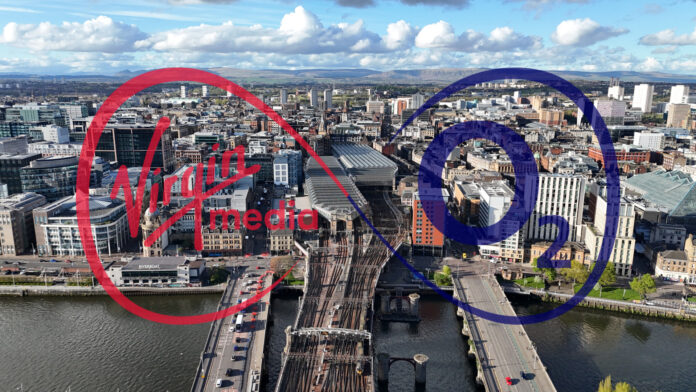Virgin Media O2 announced 782 upgraded postcodes in Edinburgh and major improvements in coverage across the Highlands
In sum, what to know:
13,000+ postcodes – Virgin Media O2 has enhanced 4G and 5G services across 13,000 Scottish postcodes over 12 months.
£700m investment – The upgrades are part of its £700m infrastructure overhaul for 2025, as data traffic doubles.
Urban + rural – The project includes 4G/5G small-cell densification in cities, stadiums, railways and airports.
U.K. operator Virgin Media O2 has completed major enhancements to its mobile network across Scotland, improving 4G and 5G services in more than 13,000 postcodes over the past year. It said the upgrades extend to popular tourist destinations, with 782 upgraded postcodes in Edinburgh and major coverage improvements across the Highlands.
The works are part of Virgin Media O2’s £700 million ($954 million) transformation plan for 2025, aimed at future-proofing its cellular infrastructure to meet rising demand for mobile data. Mobile traffic on its U.K. network has more than doubled in the last five years, it said
The upgrade includes 4G and 5G expansion and densification. The latter, using small cells, is focused on urban zones. It will also deliver tailored solutions for hard-to-reach locations such as stadiums, railway lines and airports.
Robert Joyce, director of mobile access engineering, at O2 said: “Scotland has always been one of the most beautiful and remote destinations in the U.K. but now it’s better connected than ever before. Thanks to O2’s mobile transformation plan, visitors can stay connected when and where it matters most.”
Virgin Media O2 recently announced a spectrum transfer agreement with rival operator Vodafone UK that will see Virgin Media O2 acquire 78.8 megahertz of spectrum for an investment of £343 million. Virgin Media O2 will acquire 20 megahertz in the 1400 MHz band, 18.8 megahertz in the 2.1 GHz band, 20 megahertz in the 2.6 GHz band, and 20 megahertz in the 3.4 GHz band.
The deal follows the completion of the merger between Vodafone UK and Three UK.
In February, Virgin Media O2 activated its 5G Standalone (5G SA) network for business customers in the U.K., making it available to large enterprises, public sector organizations, and small and medium-sized businesses on eligible plans. The company said its 5G SA rollout now reaches 500 towns and cities across the country.
The new infrastructure supports advanced use cases such as autonomous transport, remote healthcare, and fully automated manufacturing. It also enables network slicing – allowing for the creation of dedicated connectivity for specific applications such as augmented reality, gaming, and robotics.
In November 2024, Virgin Media O2 claimed to be the first operator in the U.K. to switch on 5G SA small cells. At launch, these were installed in central Birmingham, enhancing connectivity in some of the city’s busiest areas. The compact cells were mounted on existing street furniture to target zones with the highest data demand.
The deployment was carried out in partnership with Ontix and Alpha Wireless, utilizing Multiple Input Multiple Output (MIMO) technology.
Virgin Media O2 officially launched its 5G SA network in 2024, with initial coverage across London, Manchester, Liverpool, Lincoln, Birmingham, Sheffield, Glasgow, Newcastle, Leeds, York, Belfast, Cardiff, Nottingham and Slough.
The operator was formed in June 2021 as a 50-50 joint venture between Liberty Global and Telefónica, following a merger approved by the U.K.’s Competition and Markets Authority (CMA) in May 2020.
Virgin Media O2 said its mobile network now delivers 5G coverage to over 75% of the U.K. population.

